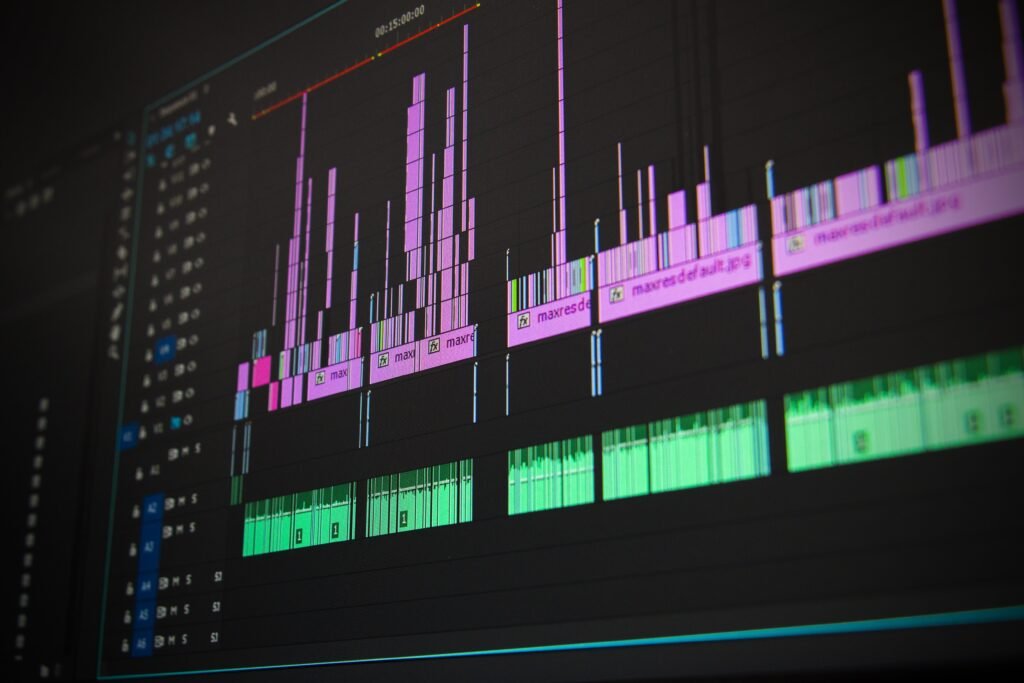Understanding the Difference Between Adobe Premiere Pro and Adobe After Effects

Introduction
When it comes to video editing and motion graphics, Adobe offers two powerful software options: Adobe Premiere Pro and Adobe After Effects. While both are part of the Adobe Creative Cloud suite and serve different purposes, many people often confuse the two or wonder which one to use for their projects. In this blog post, we will explore the key differences between Adobe Premiere Pro and Adobe After Effects to help you understand their unique features and decide which one is best suited for your needs.
Adobe Premiere Pro
Adobe Premiere Pro is a professional video editing software that allows you to edit and manipulate video footage. It is widely used in the film and television industry and offers a range of tools and features to create high-quality videos. With Premiere Pro, you can import, arrange, and trim your video clips, add transitions and effects, adjust colors and audio, and export your final video in various formats.

Adobe After Effects
On the other hand, Adobe After Effects is primarily used for creating motion graphics and visual effects. It is commonly used in the post-production process to add special effects, animations, and titles to videos. After Effects provides a wide range of tools and effects to bring your creative vision to life. You can create stunning visual elements, composite multiple layers, apply keyframes for animation, and even integrate 3D elements into your compositions.

The Key Differences
- Purpose: Adobe Premiere Pro is focused on video editing, while Adobe After Effects is geared towards motion graphics and visual effects.
- Timeline vs. Composition: Premiere Pro uses a timeline-based approach, where you arrange and edit your video clips along a linear timeline. After Effects, on the other hand, uses a composition-based approach, where you can create complex compositions by layering various elements.
- Effects and Transitions: Premiere Pro offers a wide range of built-in effects and transitions that you can easily apply to your video clips. After Effects, however, provides a more extensive library of effects and allows for more advanced customization and control.
- Integration: Premiere Pro seamlessly integrates with other Adobe software like Photoshop and Audition, making it easy to switch between programs and collaborate with other creatives. After Effects also integrates well with other Adobe software and allows for dynamic linking between projects.
- Learning Curve: While both software have their learning curves, Premiere Pro is generally considered more user-friendly for beginners, especially those familiar with other video editing software. After Effects, on the other hand, may require more time and practice to master due to its complex features and capabilities.
Conclusion
Adobe Premiere Pro and Adobe After Effects are powerful tools that serve different purposes in the world of video editing and motion graphics. Premiere Pro is ideal for editing and manipulating video footage, while After Effects is perfect for creating stunning visual effects and motion graphics. Depending on your specific needs and skill level, you may choose to use one or both of these software to achieve your desired results. Remember, practice and experimentation are key to mastering these tools, so don’t be afraid to dive in and explore the endless possibilities they offer! You may want to check out the top 5 video editing software in 2024.